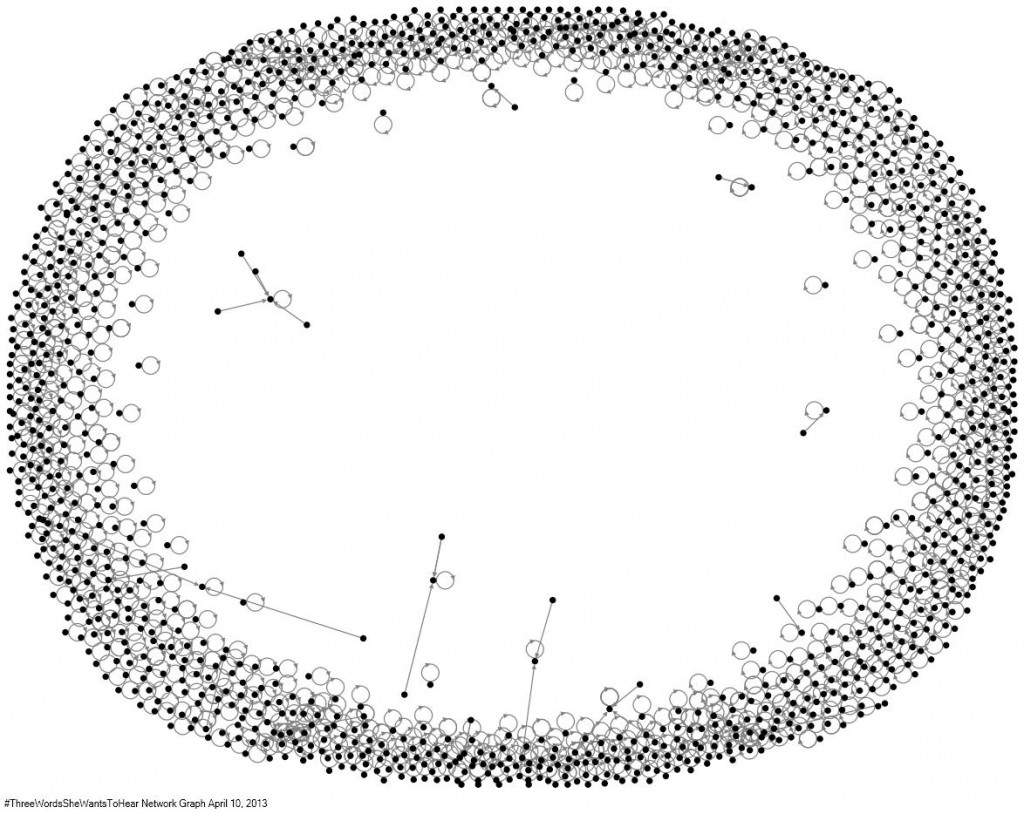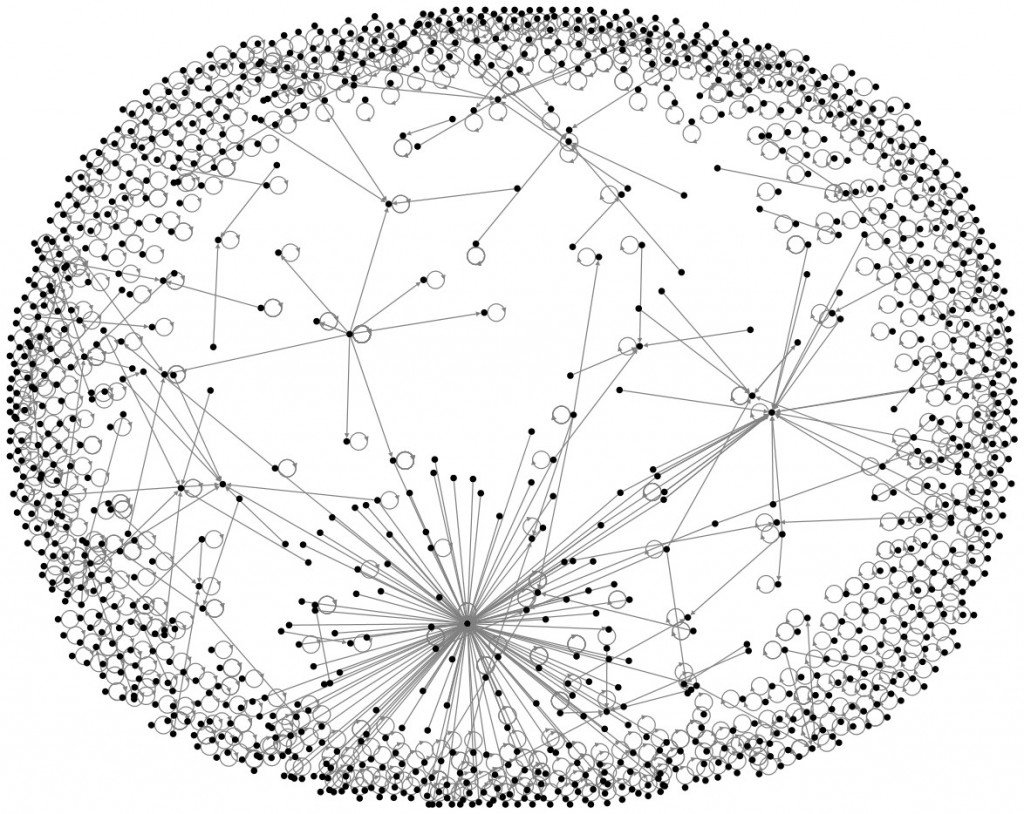This week, I have been invited to be a guest on Laurie Taylor’s BBC Radio 4 Program Thinking Allowed to talk about my book, Twitter: Social Communication in the Twitter Age (Polity Press). The BBC has kindly linked to my blog and I thought I would blog some quotes from the book that can both serve as talking points, but also a way in which to stimulate critical discussion of Twitter (via my blog’s comment space at the bottom of the page). Twitter is at a particularly formative time as the company is gearing up for a initial public offering on the NASDAQ of ~ $20 billion. I look forward to comments as well as tweets directed to @dhirajmurthy.
Selected quotes from Twitter: Social Communication in the Twitter Age (Polity Press):
“…like a radio, a user’s Twitter timeline could be playing in the background and if the user becomes interested in a particular story, Twitter moves from the ambient periphery to the active center”
“The ability to tweet and post YouTube videos of your “disaster experience” has the potential for normally marginalized individuals and groups to update the world about their situation”
“Hashtag categories illustrate the ability of Twitter to be both an individual and communal news space simultaneously”
“Twitter is not displacing traditional media… [and] news organizations have found the medium useful in their coverage of breaking news”
“Phantom’ Twitter accounts…post banal information with a trending hashtag to dilute activist hashtags”
“Twitter and Facebook… lend themselves to being used by authorities to ‘spy’ on activists”
“‘Citizen-journalists,’ non-professional journalists, are taking pictures from their smartphones and embedding them in tweets, and this material has now become part of some journalists’ source mix.”
“much of the talk on Twitter is monological, or just never listened to or responded to”
“it is impossible to monitor the integrity of information on Twitter”
“Twitter’s citizen journalism is not exempt from the hierarchies endemic in traditional media industries. Rather, new forms of elitism are emerging”
“tweets regarding breaking news, disasters, and public health epidemics can be misleading, incorrect, or even fraudulent”
”Tweets are analagous to bees in that they exist both as individuals and as part of a collectively built whole”
“Twitter in some ways has redefined existing cultural practices such as diary keeping, news consumption, and job searching”
“Twitter works…because [you] stop thinking about what you’re revealing and who’s on the other end.”
“Twitter has not determined social sharing across great distances, but has facilitated already emergent shifts in social behaviors.”
“If a tweet is retweeted often enough or by the right person(s), it gathers momentum that can emulate a snowball effect”
“Twitter enables users to wear two hats of producer and consumer.”
“even if the audience is not “obvious or apparent,” that does not translate to an absence of an audience with tweets disappearing into the ether”


